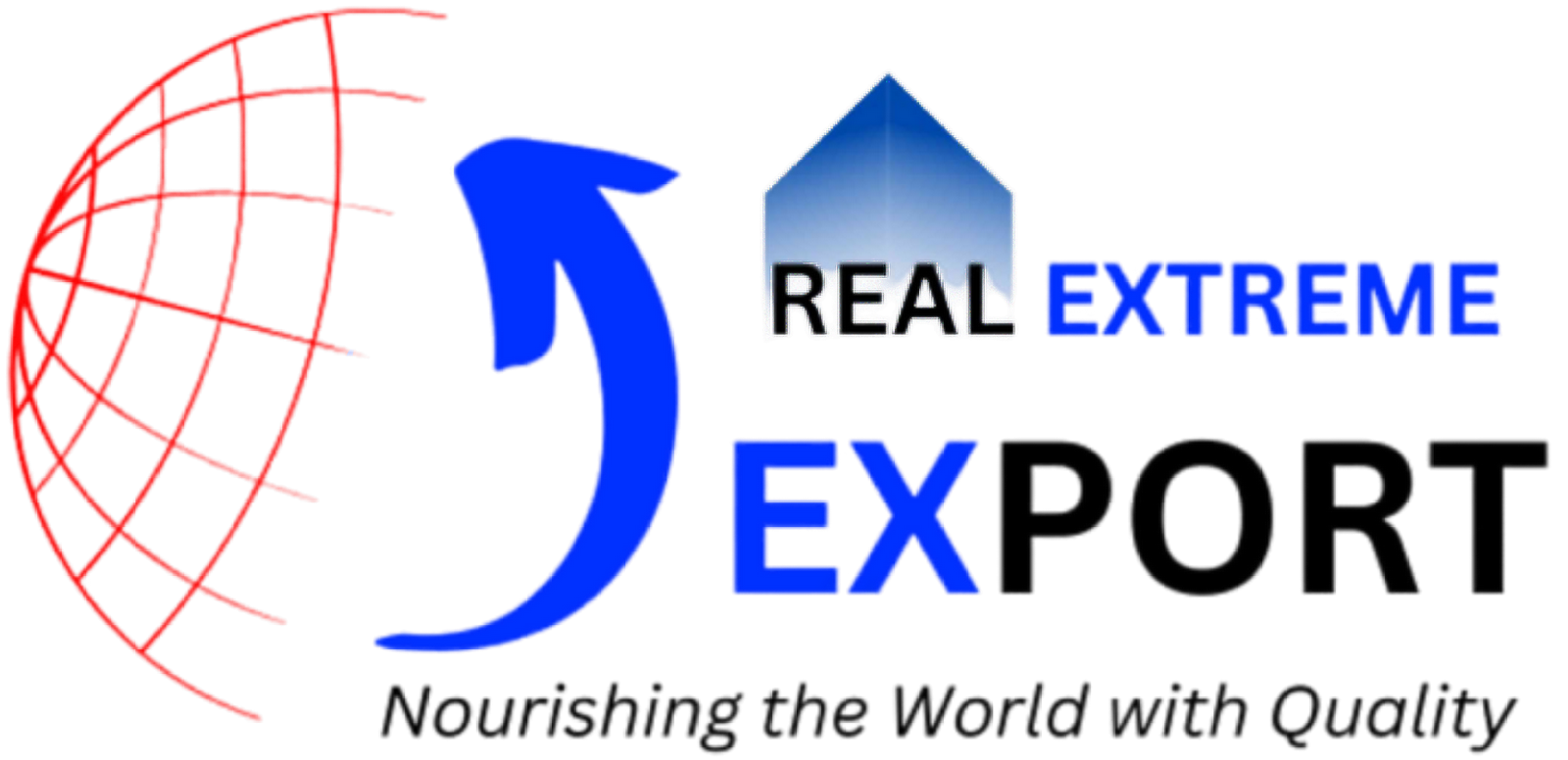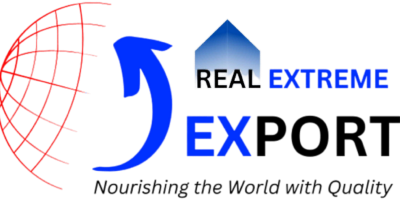Leads in Sugar Exports in the World — Real Extreme Export Guide (2025)
Sugar is among the most important globally traded agricultural commodities, feeding food processing, beverage industries and households worldwide. For international traders like Real Extreme Export, knowing which countries lead sugar exports, why they dominate, and how trade dynamics shift is essential for smarter sourcing and competitive offers. This article presents an up-to-date, SEO-focused overview of the world’s leading sugar exporters, market drivers, practical takeaways for buyers and exporters, and an FAQ section to answer the most common queries.
Who currently leads sugar exports?
Today, Brazil is the world’s leading sugar exporter by a wide margin. Brazil’s combination of large-scale cane acreage, integrated sugar/ethanol processing, high-capacity mills and export infrastructure makes it the principal supplier of both raw and refined sugar to global markets. Close behind are Thailand and India, each with different strengths: Thailand is a major exporter of cane sugar with strong Asian trade links, while India’s export volumes vary with domestic policy and harvest cycles. Other exporters with meaningful shares include several EU countries (primarily beet sugar producers and re-export hubs), Guatemala, Mexico and South Africa.
Quick comparison — top sugar exporters
| Rank | Country | Export Strength | Key Advantage |
| 1 | Brazil | Largest exporter of raw sugar and significant refined sugar volumes | Scale, ethanol integration, export logistics |
| 2 | Thailand | Major exporter to Asia and Africa; strong white sugar shipments | Large cane area, established buyers |
| 3 | India | Volatile but large exporter when domestic policy permits | Huge production base; exportable surplus tied to policy |
| 4–10 | EU (selected members), Guatemala, Mexico, South Africa | Regional strengths, beet sugar production, re-exports | Processing hubs, niche markets |
Why these countries lead
Brazil: Scale is the decisive factor. Large, mechanised farms, mills that can switch between sugar and ethanol, and modern ports allow Brazil to offer large, competitively priced shipments and to respond flexibly to demand changes.
Thailand: A structured sugar sector and strong trade relationships across Asia and parts of Africa enable Thailand to hold a stable position among top exporters.
India: A massive producer whose export role depends heavily on government decisions about quotas and domestic support; when policy is export-friendly, India supplies large volumes.
Recent trends shaping export leadership (2024–2025)
- Production and harvest swings — Weather, area planted and yields cause annual variability; good seasons increase exportable surpluses, while poor seasons tighten supplies.
- Ethanol policies — In major cane countries, ethanol demand and blending mandates can divert cane from sugar to fuel production, reducing sugar exports in some years.
- Domestic export controls — Some governments adjust export quotas or impose restrictions to stabilise domestic prices; this directly affects global supply.
- Price sensitivity — Large, low-cost exporters can push global prices down during bumper crops, influencing other producers’ export competitiveness.
- Logistics & trade barriers — Port capacity, freight costs and temporary non-tariff actions (sanitary, technical checks) can reroute cargoes or create short-term shortages.
What buyers and exporters should monitor
- Crop forecasts and harvest reports — early indicators of supply pressure or balance.
- Government policy announcements — export quotas, tariffs or bans change available exportable volumes quickly.
- Ethanol market signals — higher ethanol prices or stronger blending requirements often reduce sugar volumes.
- Freight and port conditions — shipping cost spikes or port congestion change landed costs.
- Quality and specification needs — clarity on raw vs refined, crystal size, and certification reduces disputes and delays.
Strategic implications for Real Extreme Export (and buyers)
- Diversify sourcing: Avoid single-origin risk by contracting across Brazil, Thailand, India and regional suppliers depending on the buyer’s needs.
- Flexible contracting: Use a mix of spot and forward contracts to manage price volatility.
- Value addition: Offer tailored grades, private labelling, and packaging to capture premium segments.
- Documentation readiness: Ensure clear origin declarations, quality certificates and regulatory paperwork to prevent import delays.
- Market intelligence: Real-time monitoring of crop reports, policy shifts and freight markets enables timely commercial decisions.
Market opportunities and risks
Opportunities
- Lock favourable volumes from Brazil when large harvests depress global prices.
- Target premium buyers with traceable and specialty sugar offerings (organic, refined white sugar with private label).
- Offer bundled logistics and compliance services to differentiate from commodity suppliers.
Risks
- Sudden export quota changes or bans can quickly reduce the global supply pool.
- Weather extremes and pest outbreaks can create sudden shortages.
- Non-tariff measures and sanitary bans can block shipments unexpectedly.
FAQs — Most asked questions about world sugar exports
Brazil is the largest global sugar exporter by volume and value, supported by very large cane production and integrated ethanol facilities.
Thailand exports widely due to strong commercial links and production capacity; India exports significant quantities when domestic policy and harvests create exportable surpluses.
Ethanol demand can divert sugarcane to fuel production. When ethanol becomes more profitable or governments raise blending mandates, sugar volumes available for export fall.
Not always — positions shift with weather, domestic policies, global prices and trade measures. Buyers should monitor trends closely.
Clear grade/specification details, certificate(s) of analysis, origin documents, and reliable shipping schedules; flexibility with packaging and labelling is also valuable.
By specialising in niche grades, offering excellent service, rapid documentation, and nimble logistics rather than competing solely on price.
Conclusion
Leadership in sugar exports is driven by structural advantages (scale, processing and logistics), policy decisions, and short-term market shocks. Brazil’s dominance is rooted in scale and flexibility, while Thailand and India are key suppliers whose roles vary with policy and harvest conditions. For Real Extreme Export, success lies in diversified sourcing, robust market intelligence, flexible contracts and value-added services that meet buyer specifications. By staying informed and adaptable, Real Extreme Export can secure competitive supply lines and deliver consistent value to global customers.


